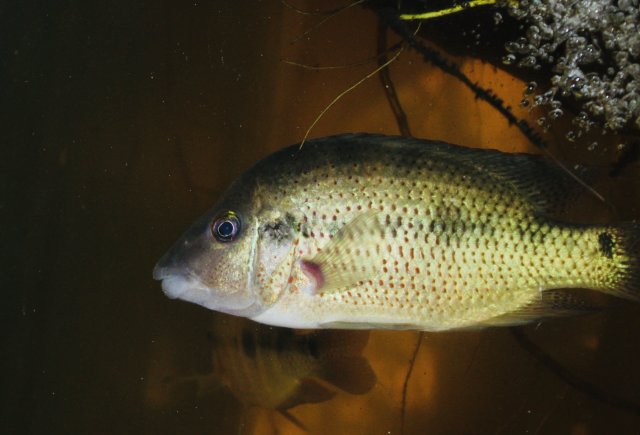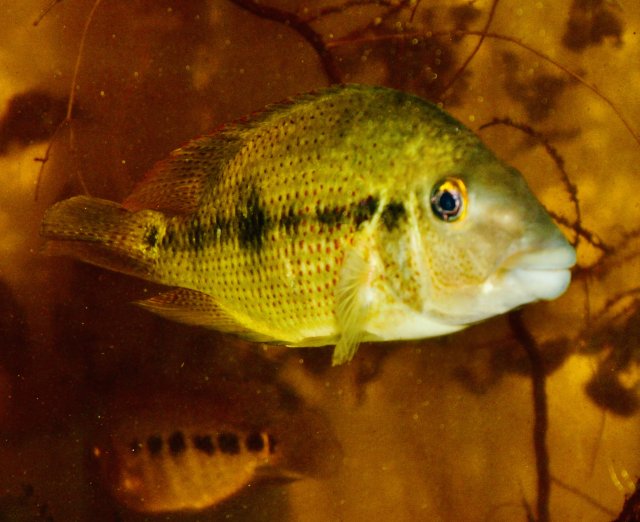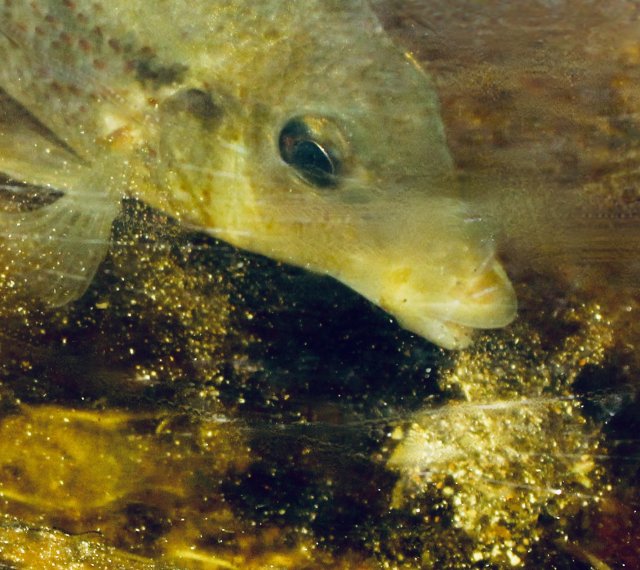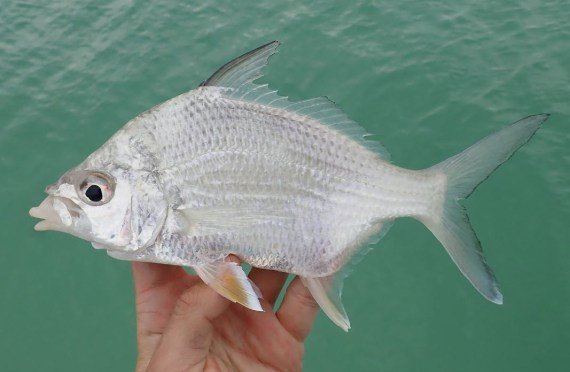Darienheros calobrensis
- Thread starter duanes
- Start date
You are using an out of date browser. It may not display this or other websites correctly.
You should upgrade or use an alternative browser.
You should upgrade or use an alternative browser.
I don't think it's the same as other fish with big lips like any of the cichlids of various genera with the name "labiatus", as these are more sifters/pickers as opposed to crevice feeders. I would compare these more to the lips of saltwater mojarra species or certain species of wrasse.Duane I did notice that the ones you collected have big lips, I wonder if they will keep them in captivity?
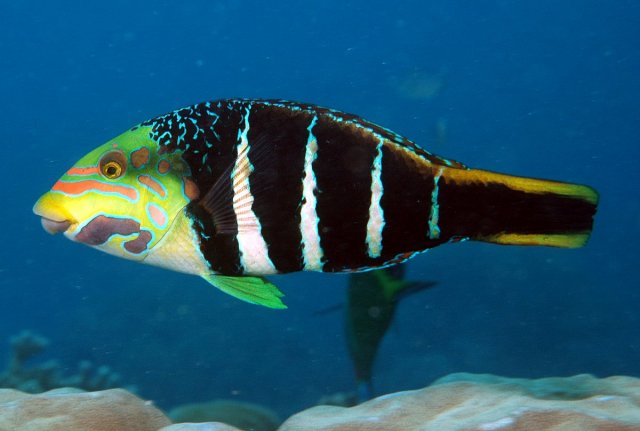
Interestingly, also according to Rican (if I'm comprehending the paper properly), darienheros is the sister genus to panamius.But as of 2016 Rican, in his revision of middle American cichlids, and through DNA analysis found they were distinct enough to deserve their own genus, Darienheros , the name derived from the name of an aboriginal tribe that once inhabited the Darien, and Heros, associated with new world cichlids.
What? What is a saltwater mojarra species?I don't think it's the same as other fish with big lips like any of the cichlids of various genera with the name "labiatus", as these are more sifters/pickers as opposed to crevice feeders. I would compare these more to the lips of saltwater mojarra species or certain species of wrasse.
View attachment 1523762
I am curious about this as well.Duane I did notice that the ones you collected have big lips, I wonder if they will keep them in captivity?
I wonder whether it is genetic, or environmental, or a combination of both.
The substrate where these cichlids were always caught, was very rocky.

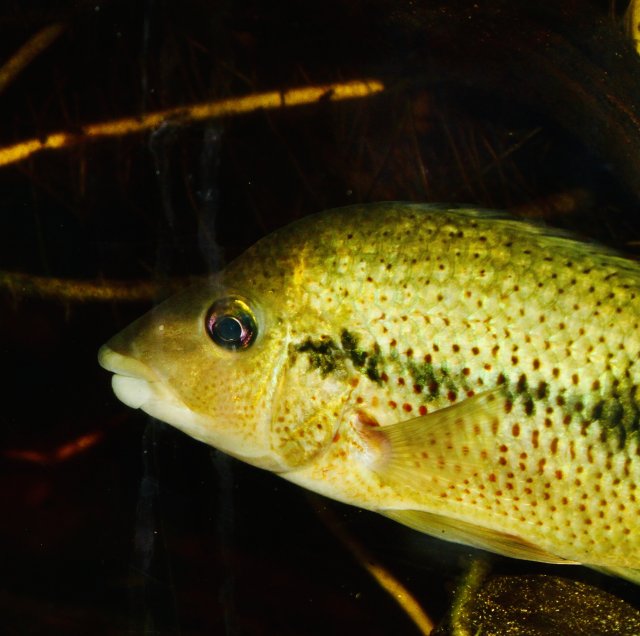
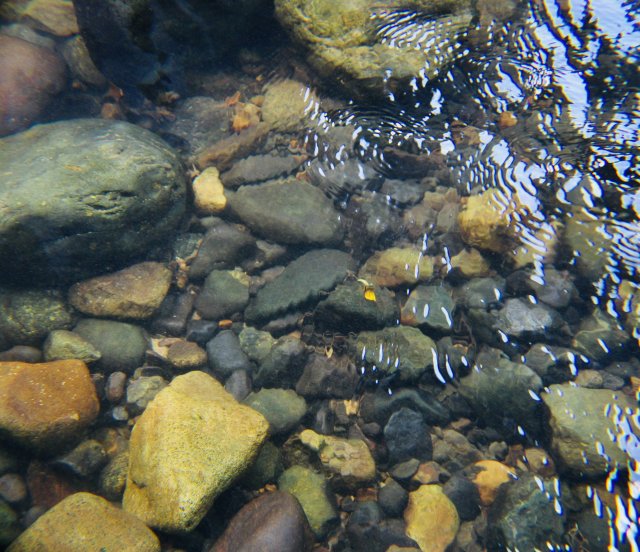
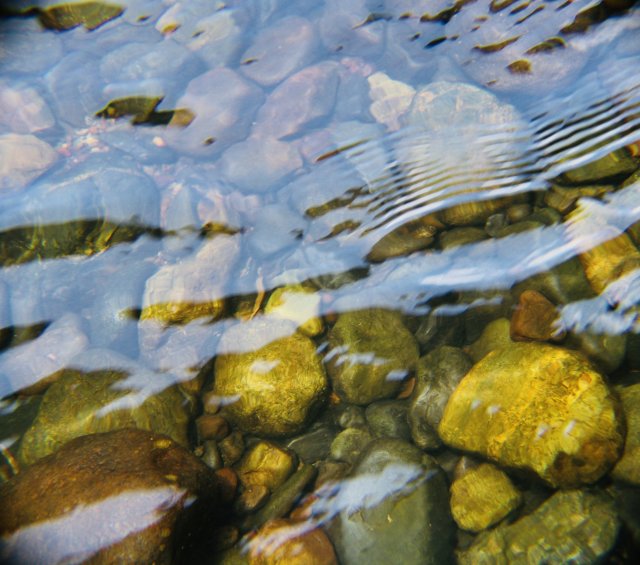
And the northern face of the river, is a rock wall.
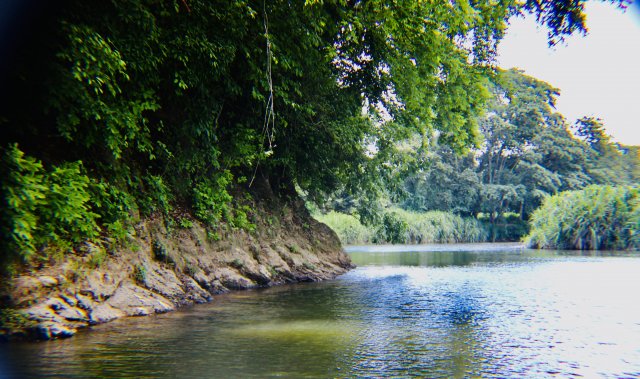
Even the sub adults sport the lips, although the males seem slightly "more" exaggerated..
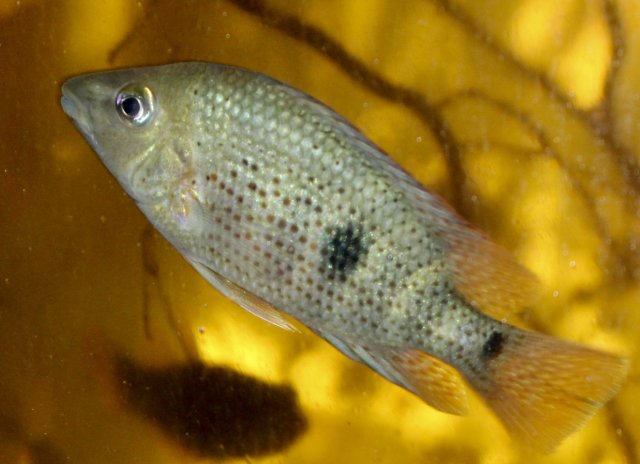
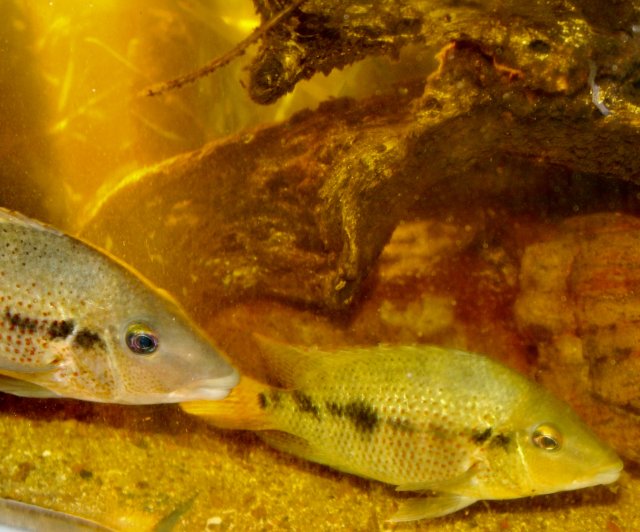
Borrowed from the Rican (et al) study in Invertebrate Zoology
Diagnosis. Darienheros calobrensis has been referred to Astatheros or Amphilophus, but the species shows a com- bination of characters not seen in any of the two genera, and is in our analyses supported as a separate lineage of heroine cichlids. Diagnosed by its apomorphic character combination of thick lips, long preorbital distance, eye positioned relatively high on head and slightly inferior mouth. Darienheros however shares this character com- bination with other non-specialized substratum sifters (Chocoheros microlepis, Wajpamheros nourissati, Asta- theros macracanthus [partial molluscivore], Nandopsis ramsdeni). Distinguished from Cribroheros by lacking the frenum in the lower lip (also absent in A. macracan- thus) and from Astatheros and Cribroheros in having the longitudinal stripe (L-type) coloration ontogeny (an- cestral for the amphilophines vs. the interrupted I-type coloration development in Astatheros and Cribroheros). Distinguished from Chocoheros by having an ancestral number of scales along lateral line (vs. 45). Distinguished from Wajpamheros by not having an elevated number of abdominal and caudal vertebrae, and scales along lateral line. Distinguished from Nandopsis by not having verti- cal bars dissolved into the irregular pattern of blotches in adults and by lacking divisions of vertical bars three or four (present in juveniles of Nandopsis). Distinguished from Amphilophus by lacking its apomorphic features having the ancestral count of 13 abdominal vertebrae (vs. 14); only one pterygiophore anteriorly from the first hae- mal spine (vs. two); only six anal spines vs. more than seven; second lower lip small (vs. large); the anteroven- tral palatine wing not reduced and the median palato- vomerine ligament not exposed (as present in some Am- philophus). Darienheros is the only genus in the Isthmian clade of amphilophines that has the ancestral breeding coloration of dominant vertical bars.
Etymology. Named after the Darién area between Pan- amá and Colombia in combination with the old cichlid genus name Heros (meaning hero). The name Darién originates from the language spoken by the indigenous Cueva, an Indian tribe that lived in the Darién region of eastern Panamá and that were destroyed by the con- quistadores during the 16th century (roMoli, 1987). The name is to be understood as the hero of the Darién. Gen- der: masculine.
Distribution. Darienheros is distributed in the Darién area of eastern Panamá.
Notes. Darienheros has been previously included in Am- philophus or Astatheros, but it does not share a diagnosis with any of these genera, and is also not closely related to any of them (figs. 1‒5). In mtDNA phylogeny it is the sister-group of Mayaheros urophthalmus plus Petenia splendida, while in the nDNA phylogeny it remains in proximity to M. urophthalmus in the same clade, where it is however more closely related to all other Isthmian taxa (Panamius, Talamancaheros, Isthmoheros) being the sister-group of Panamius panamensis. behre’S records
(1928) of D. calobrensis from Bocas del Toro, in western Panamá (Bocas ichthyological province) are erroneous - she reports the presence of a lower jaw frenum in those fish, and the fishes can therefore be referred to one or more of the Cribroheros species that occur in the area.
Diagnosis. Darienheros calobrensis has been referred to Astatheros or Amphilophus, but the species shows a com- bination of characters not seen in any of the two genera, and is in our analyses supported as a separate lineage of heroine cichlids. Diagnosed by its apomorphic character combination of thick lips, long preorbital distance, eye positioned relatively high on head and slightly inferior mouth. Darienheros however shares this character com- bination with other non-specialized substratum sifters (Chocoheros microlepis, Wajpamheros nourissati, Asta- theros macracanthus [partial molluscivore], Nandopsis ramsdeni). Distinguished from Cribroheros by lacking the frenum in the lower lip (also absent in A. macracan- thus) and from Astatheros and Cribroheros in having the longitudinal stripe (L-type) coloration ontogeny (an- cestral for the amphilophines vs. the interrupted I-type coloration development in Astatheros and Cribroheros). Distinguished from Chocoheros by having an ancestral number of scales along lateral line (vs. 45). Distinguished from Wajpamheros by not having an elevated number of abdominal and caudal vertebrae, and scales along lateral line. Distinguished from Nandopsis by not having verti- cal bars dissolved into the irregular pattern of blotches in adults and by lacking divisions of vertical bars three or four (present in juveniles of Nandopsis). Distinguished from Amphilophus by lacking its apomorphic features having the ancestral count of 13 abdominal vertebrae (vs. 14); only one pterygiophore anteriorly from the first hae- mal spine (vs. two); only six anal spines vs. more than seven; second lower lip small (vs. large); the anteroven- tral palatine wing not reduced and the median palato- vomerine ligament not exposed (as present in some Am- philophus). Darienheros is the only genus in the Isthmian clade of amphilophines that has the ancestral breeding coloration of dominant vertical bars.
Etymology. Named after the Darién area between Pan- amá and Colombia in combination with the old cichlid genus name Heros (meaning hero). The name Darién originates from the language spoken by the indigenous Cueva, an Indian tribe that lived in the Darién region of eastern Panamá and that were destroyed by the con- quistadores during the 16th century (roMoli, 1987). The name is to be understood as the hero of the Darién. Gen- der: masculine.
Distribution. Darienheros is distributed in the Darién area of eastern Panamá.
Notes. Darienheros has been previously included in Am- philophus or Astatheros, but it does not share a diagnosis with any of these genera, and is also not closely related to any of them (figs. 1‒5). In mtDNA phylogeny it is the sister-group of Mayaheros urophthalmus plus Petenia splendida, while in the nDNA phylogeny it remains in proximity to M. urophthalmus in the same clade, where it is however more closely related to all other Isthmian taxa (Panamius, Talamancaheros, Isthmoheros) being the sister-group of Panamius panamensis. behre’S records
(1928) of D. calobrensis from Bocas del Toro, in western Panamá (Bocas ichthyological province) are erroneous - she reports the presence of a lower jaw frenum in those fish, and the fishes can therefore be referred to one or more of the Cribroheros species that occur in the area.


